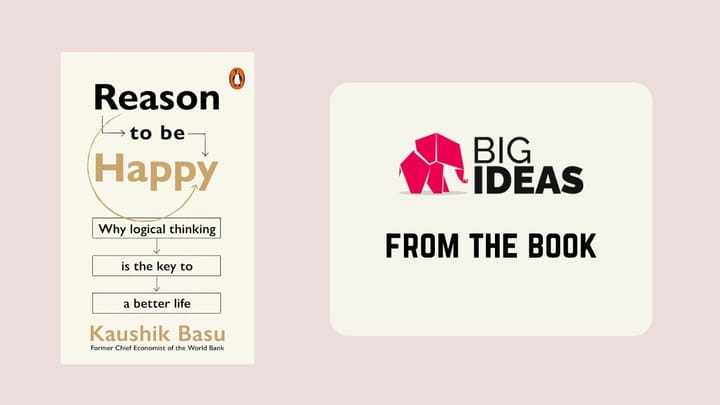How to Take Smart Notes – Sönke Ahrens

Notes as a long-term resource
How The Writing Process Really Works
Everyone writes—in school, at work, or just to jot down good ideas or insights. Yet, we don’t usually stop to think about how we write, express or manage our ideas.
Most books about writing either teach you how to write (e.g. sentence structure, writing style, grammar) or how to overcome psychological barriers to complete your projects on time. In reality, the writing process doesn’t start with a blank document or sheet of paper. It starts from the time you conceive an idea or make notes about it.
Cross-referencing
Your literature and permanent notes are stored in a specific sequence, with cross-references to other notes. Luhmann used an alphanumeric indexing system.
For example, an existing note may be labelled #10, and a related note will be filed behind it as #10a. The next unrelated idea is labeled 11. By using numbers and alphabets (instead of narrow topics), he could create unlimited branches (e.g., 13/3d8a6 followed by 13/3d8a7) and add the same note to multiple contexts.
Writing Successfully with 6 Steps
- Start by focusing on one task at a time (instead of multitasking).
- Understand and internalize the content you read.
- Take smart notes.
- Develop your ideas.
- Assemble and share your insights.
- Build daily habits.
The Benefit of Writing By Hand
Handwriting makes pure copying impossible but instead facilitates the translation of what is said (or written) into one’s own words. The students who typed into their laptops were much quicker, which enabled them to copy the lecture more closely but circumvented actual understanding. They focused on completeness.
Verbatim notes can be taken with almost no thought, as if the words are taking a shortcut from the ear to the hand, bypassing the brain.
Literature Notes
Literature notes are used to help you remember useful content and their bibliographical references.
Write the ideas succinctly in your own words, and include their source/context. Quotes should be copied selectively, and only after you’ve digested what they mean. Keep these notes along with other permanent notes.
The Slip-Box Technique
A slip-box (or Zettelkasten method) is a technique for thinking, learning and writing. It originated from German sociologist Niklas Luhmann.
Luhmann was an avid learner and researcher who made notes on small slips of paper, then tagged, organized, and linked them to create his personal knowledge database. Over his lifetime, he accumulated some 90,000 notes, allowing him to publish 70 books and >400 articles.
Permanent Notes
At the end of each day, process the two types of notes (fleeing and literature). Consider how they relate to your work or interests and how they support or contradict what you already know. Then, create your permanent notes.
These could be a recap of what you’ve learned, questions to be answered, reflections, new ideas, or ways to combine existing ideas.
Why Slip-Box Method Fails
One key reason why slip-boxes fail is that people try to add them on top of their existing note-taking processes.
For this to work, you should start taking notes using the standard formats from the onset.
Hyperlinked Knowledge
The slip-box can be used to facilitate a writing project, accelerate your learning, and manage/grow your knowledge. Luhmann originally used an analogue pen-and-paper system to make notes and link them (similar to the concept of hyperlinks in the digital world).
Slip-boxes are like a personal web of knowledge or a “second brain” where you can see and sort through existing knowledge, ideas and lines of thought.
Fleeting Notes
Throughout the day, make fleeting notes as thoughts/ideas pop up. Jot them down on paper, do it digitally, do a voice recording on your phone, etc.
Review these temporary notes within 1-2 days while the contents are still fresh, then discard them or convert them to permanent notes.



Comments ()